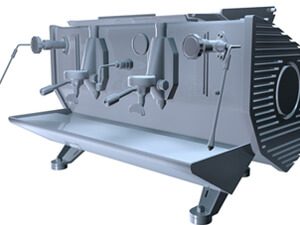
A prototype is a sample or model of a design, usually built in the early stages of development in order to test the design or building process. Prototypes are usually the first stages in creating three dimensional products, and are there to ensure that later designs are more sophisticated and are capable of being used.
Prototypes are not only used for three-dimensional purposes, however, as there are also software and electronic prototypes, created to ‘iron out’ problems with the design.
Many companies use prototypes to solve problems with designs, or to discover potential problems before production is finalised. They are more cost-effective than standard full-scale models can be, and they are useful in creating effective replicas of a design in a smaller scale. Good prototypes need to be built quickly and to a high standard, otherwise they would not be a good representation of the end product.
In many fields, designs need to be thoroughly examined before a decision is taken about whether to use them to create a final product. Prototypes allow designers and the engineers who will construct the finished item to examine the design and potential alternatives to that initial design. It is common for the end product to look completely different to the original prototype, as the designers and engineers tailor that original model to improve the specifications and create more efficient and more cost-effective products.
More often than not, a company will want a series of prototypes, in order to test each stage of the design process. In these early stages, it is common to use prototyping specialists, with training in fabrication methods, in order to help ensure that the finished model resembles the paper design. Some specialists will use a method known as rapid prototyping which combines computer aided design with animation modelling to produce the finished replica.